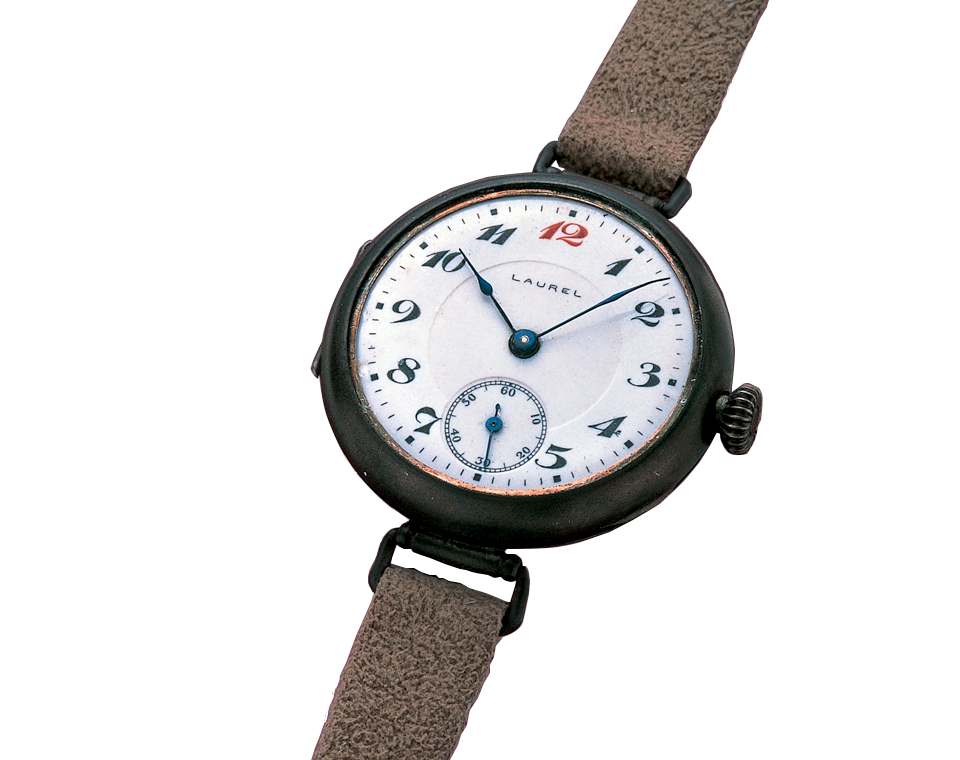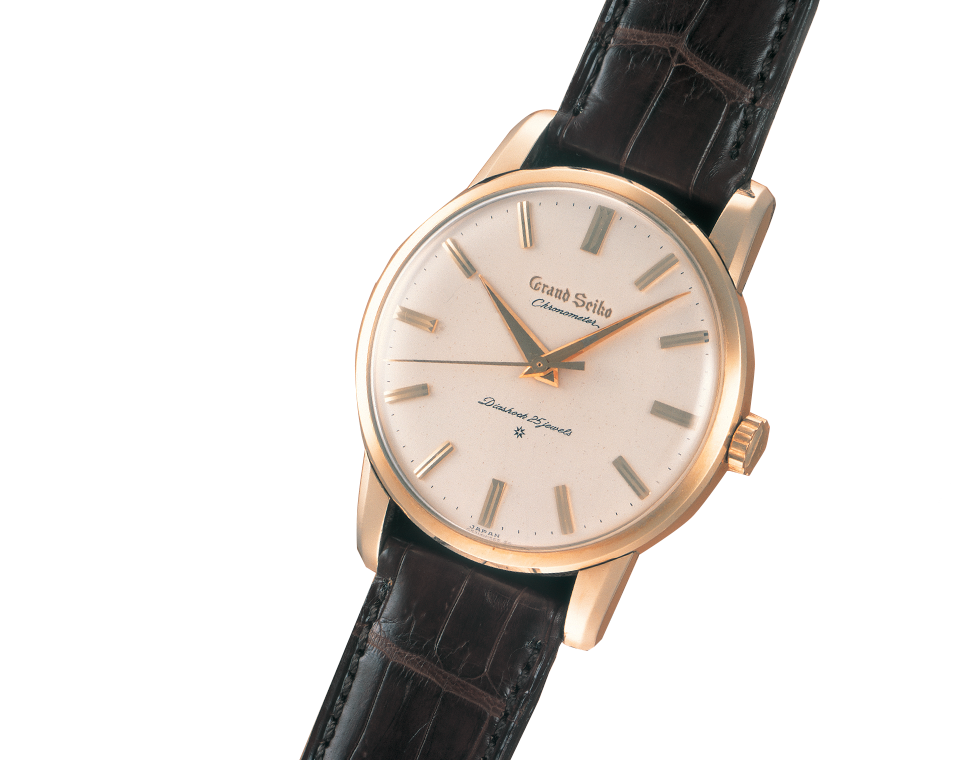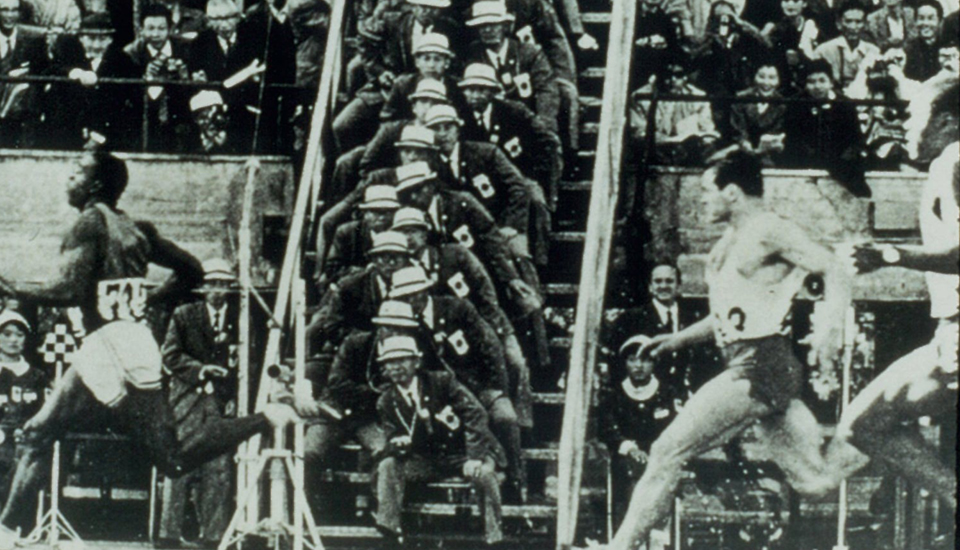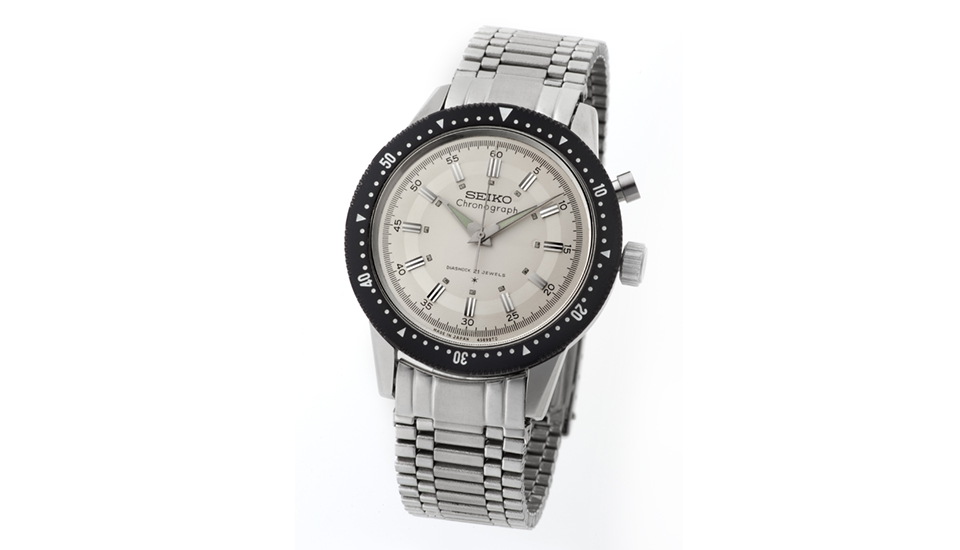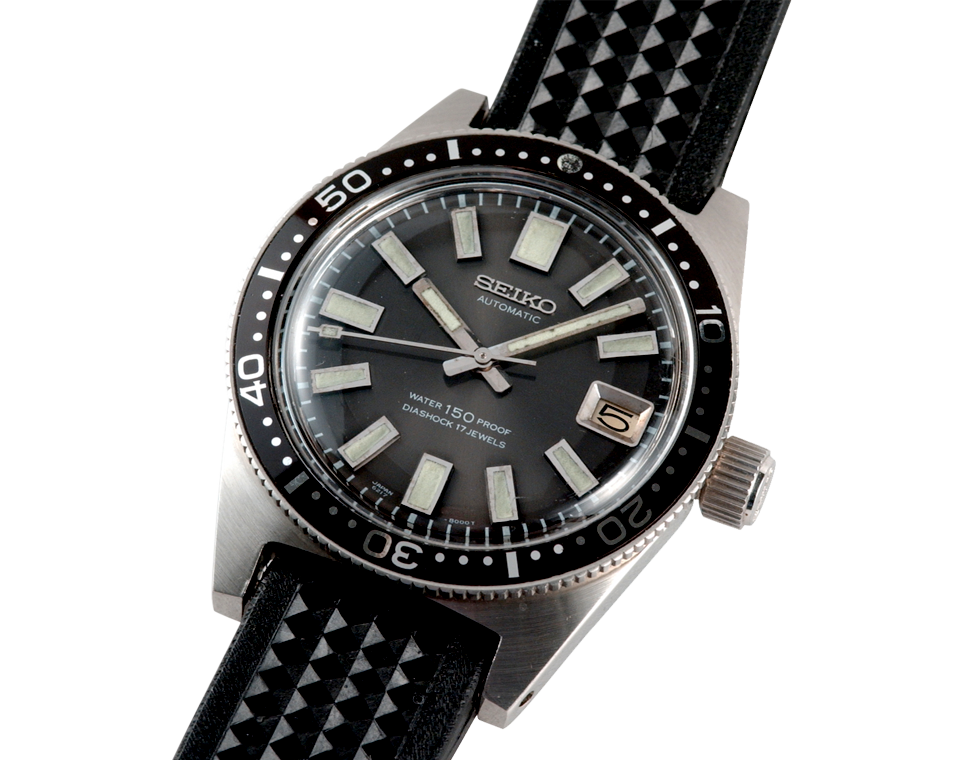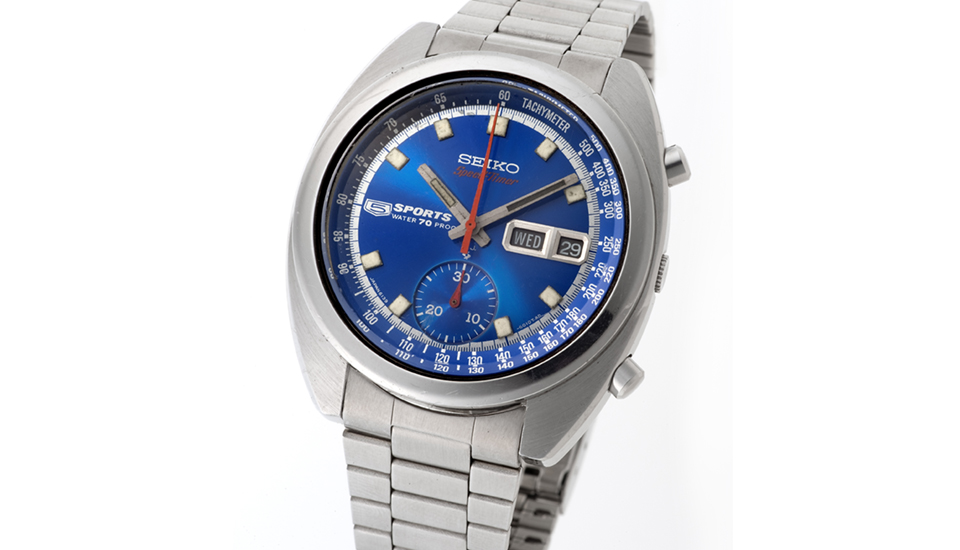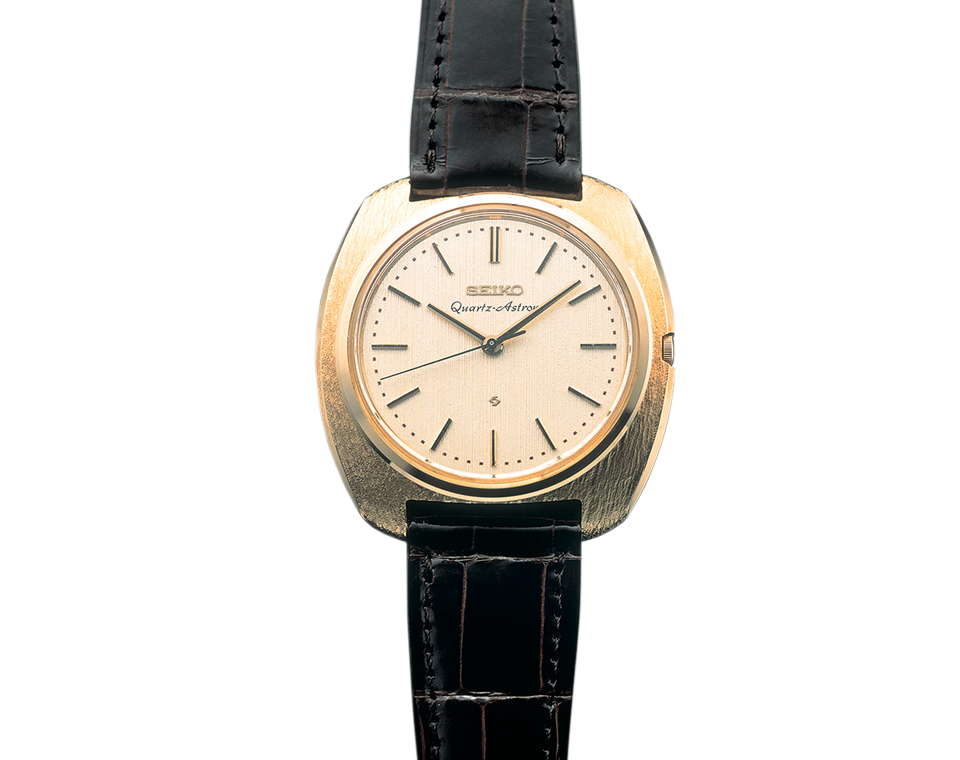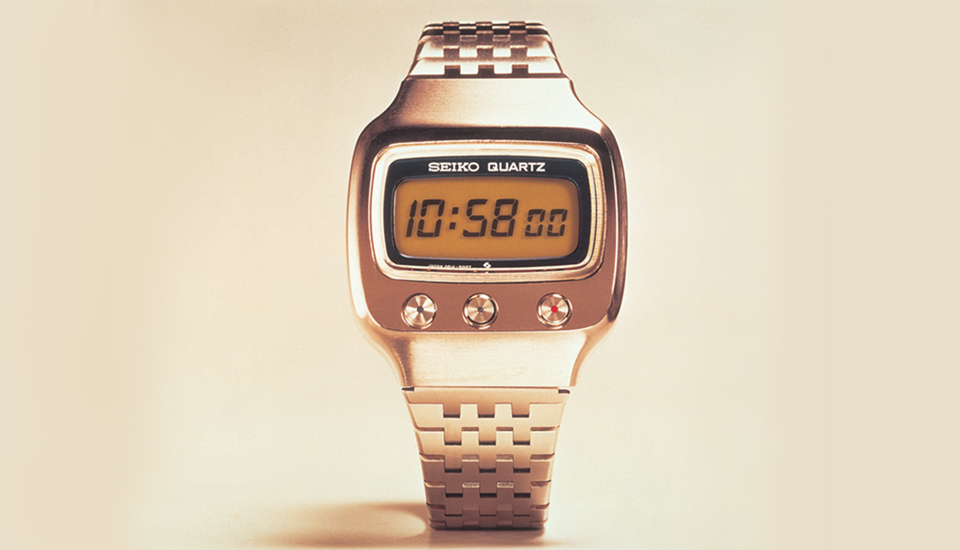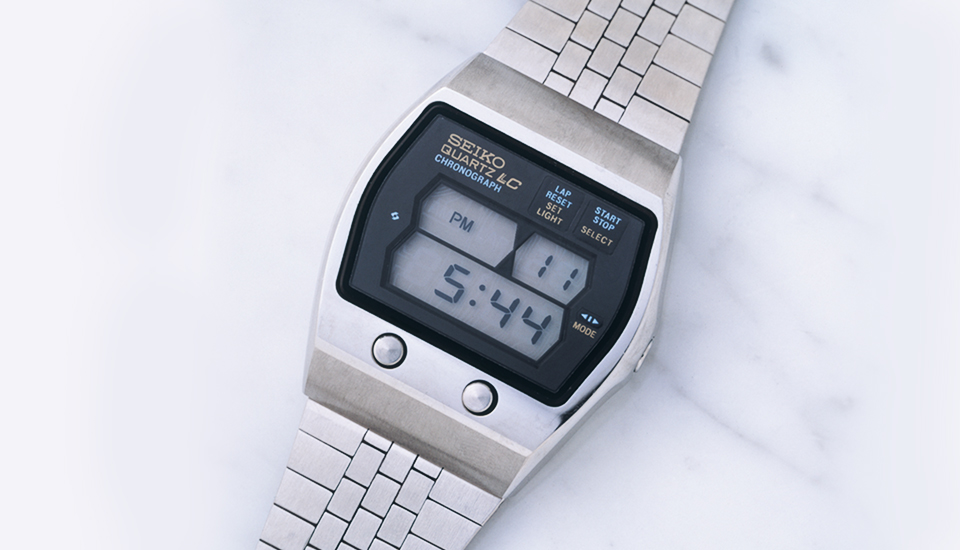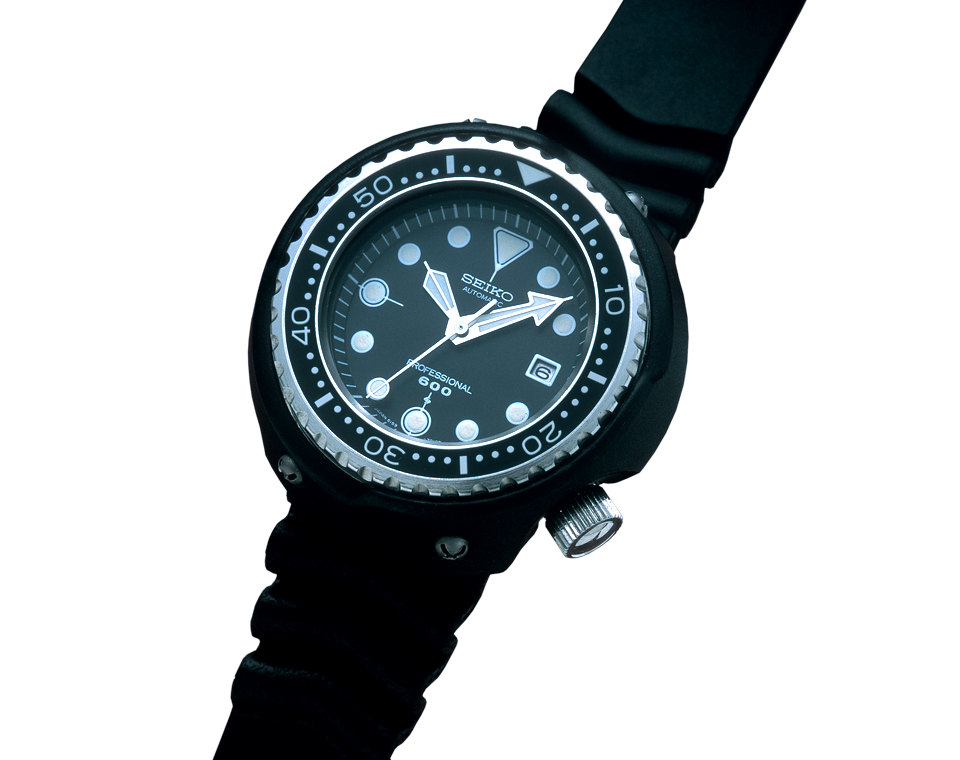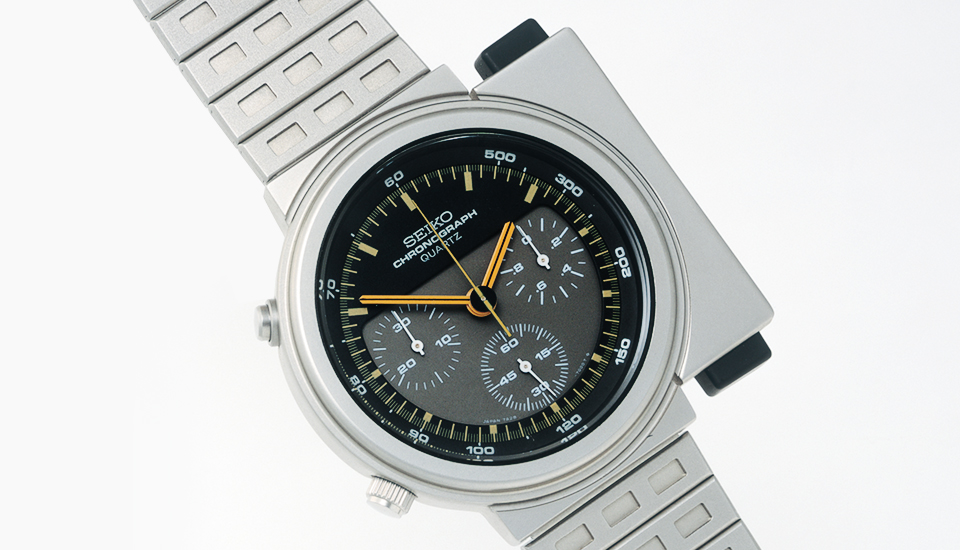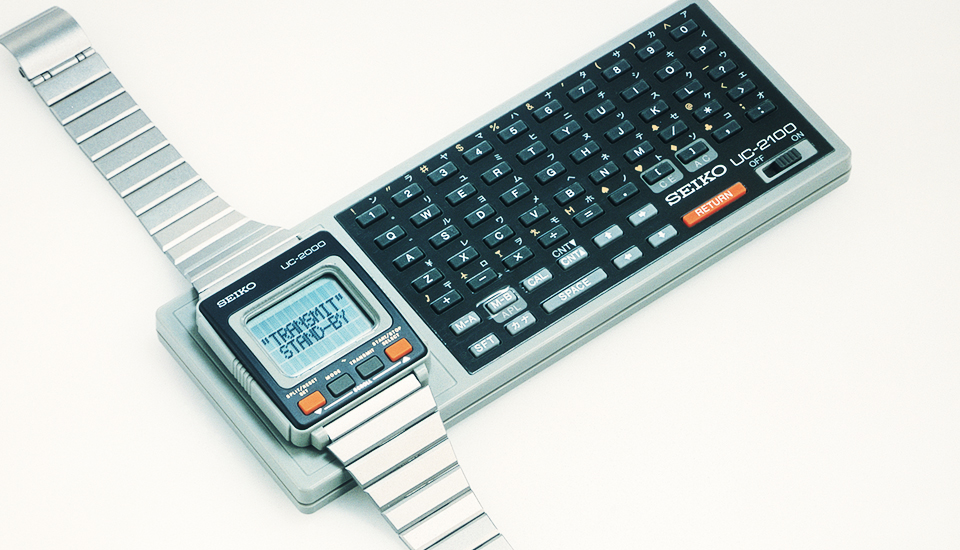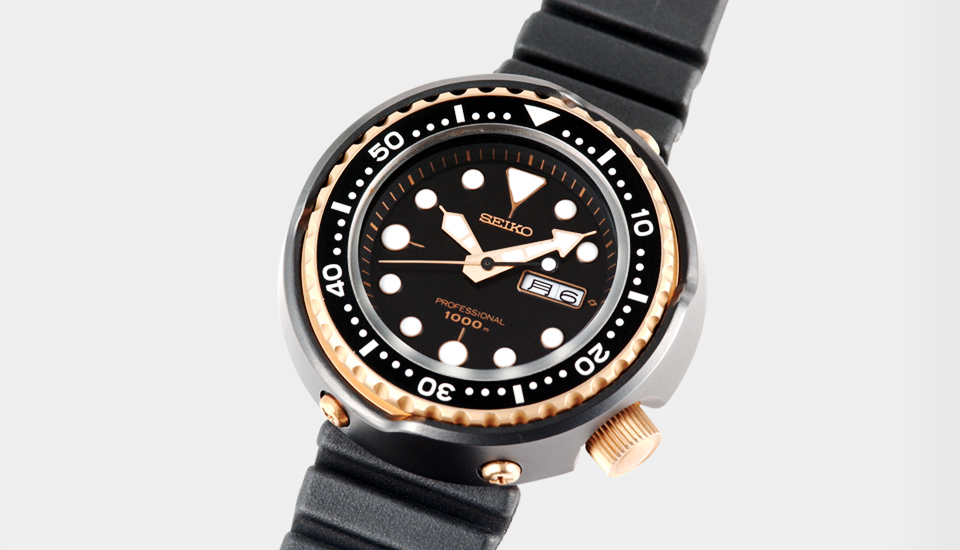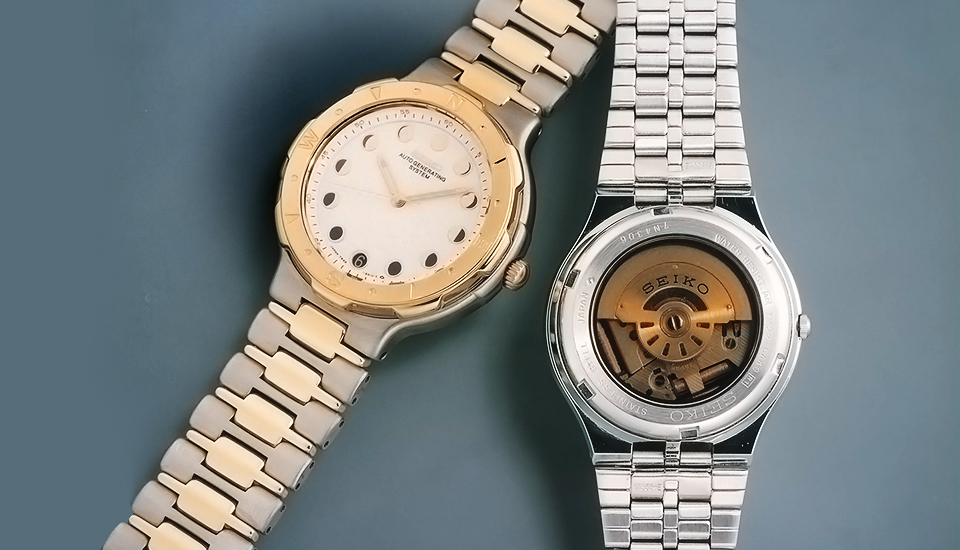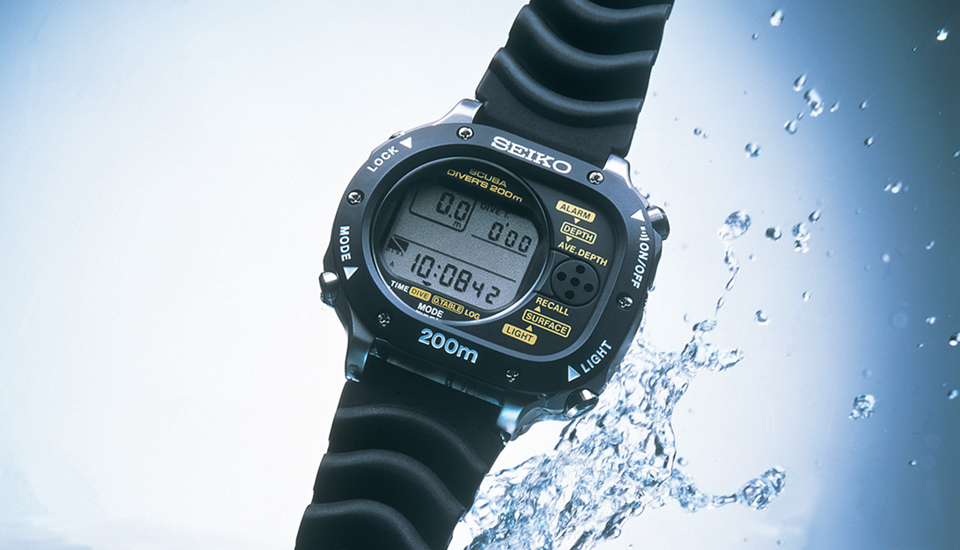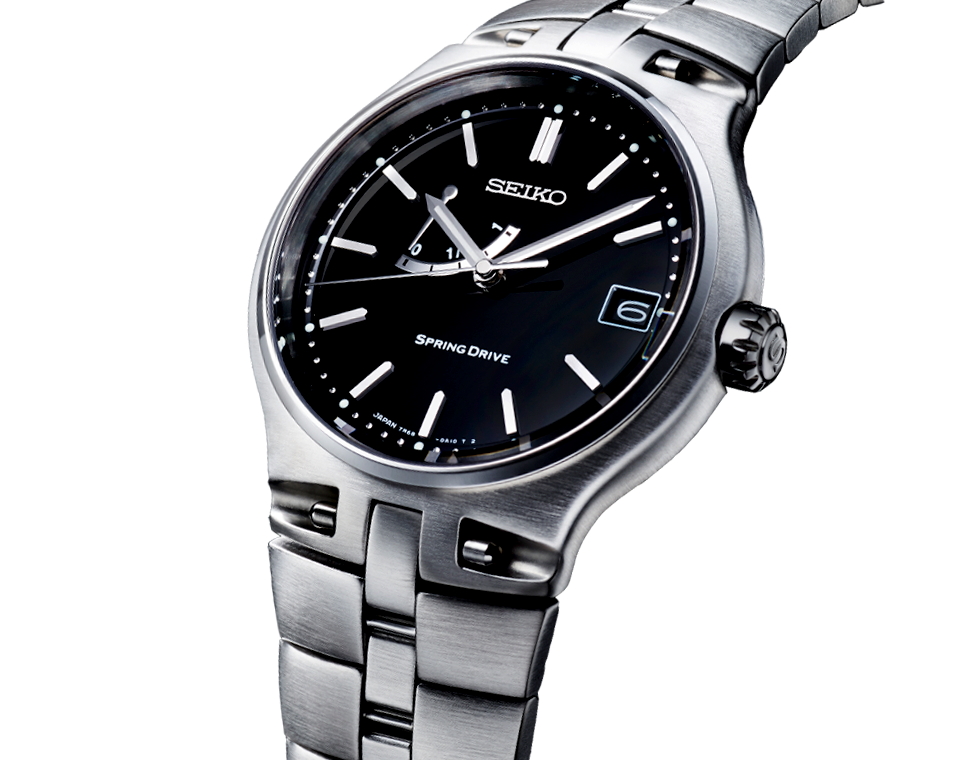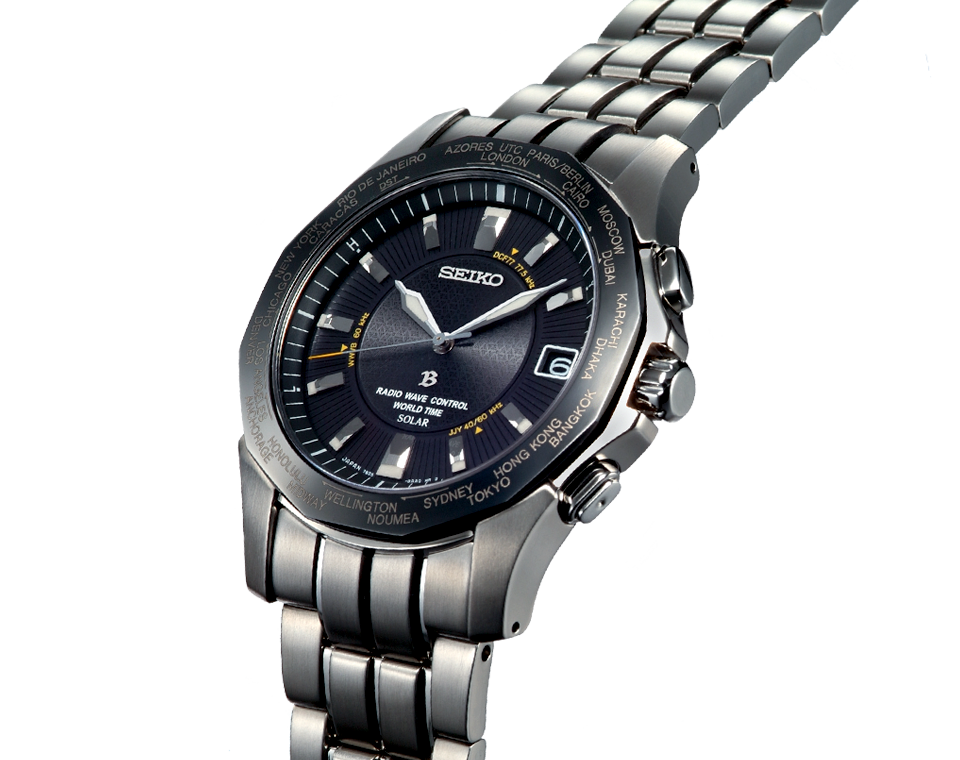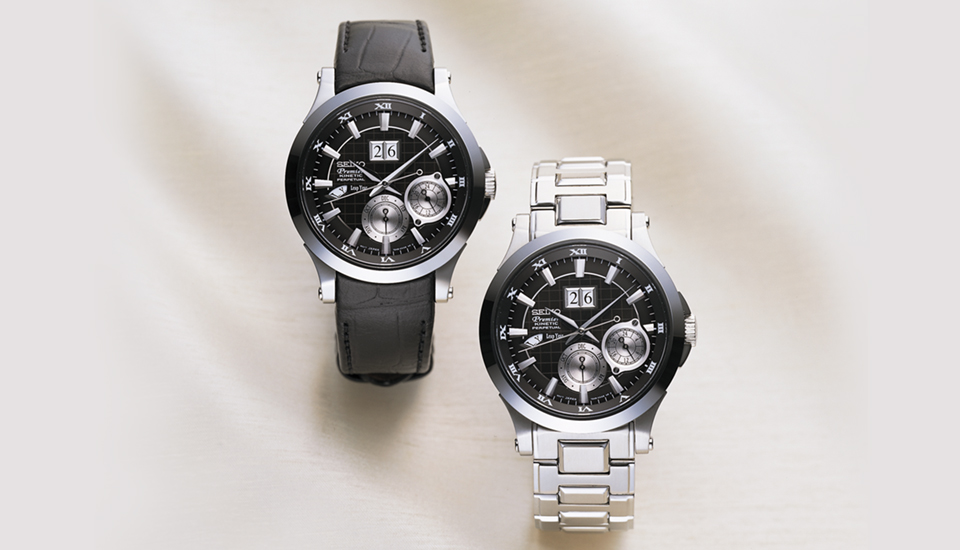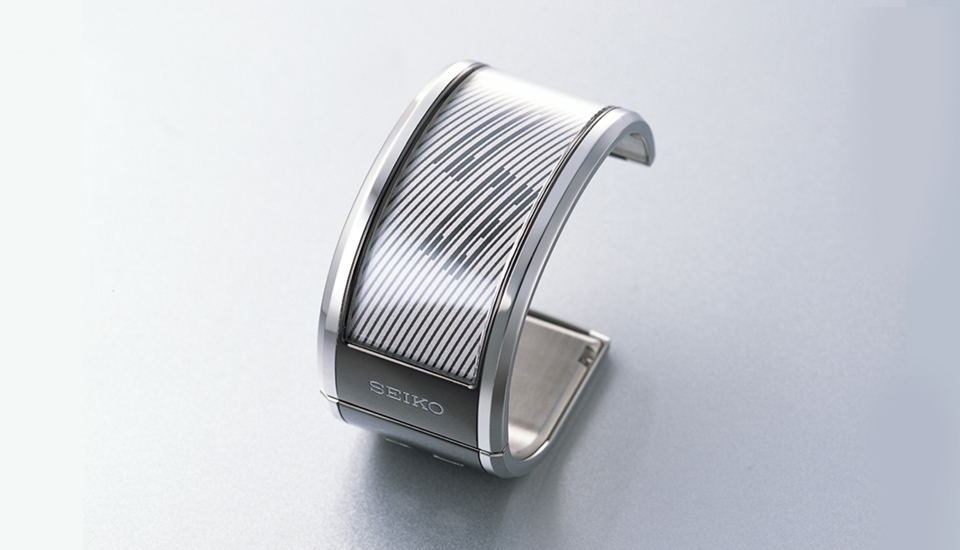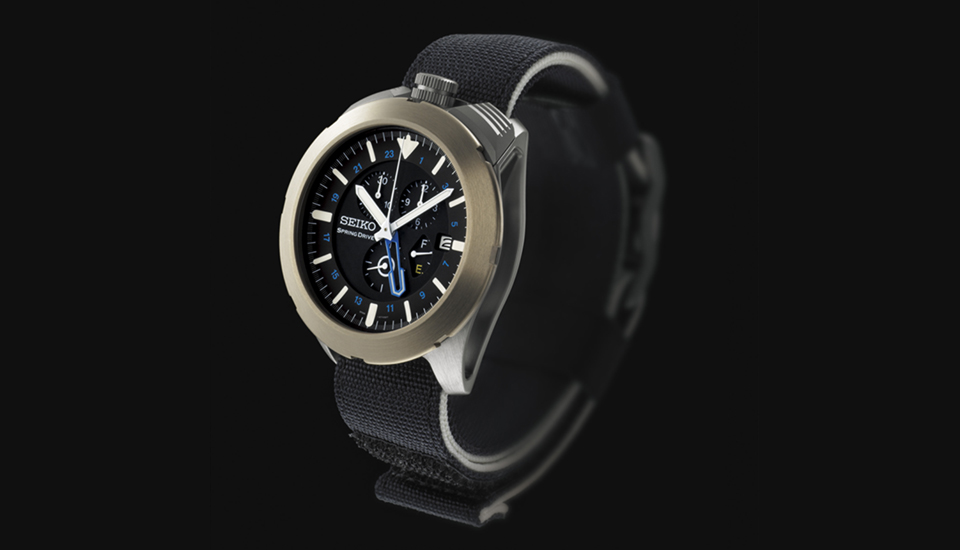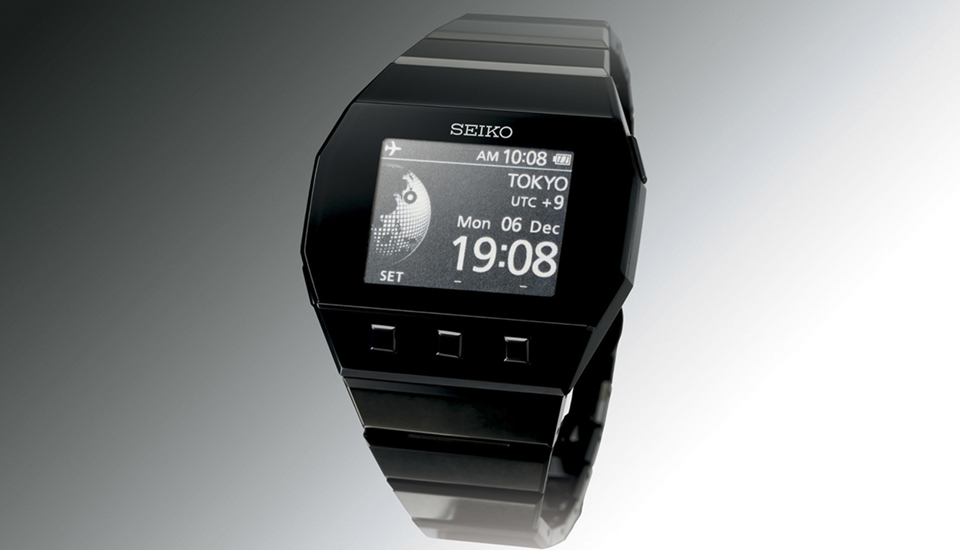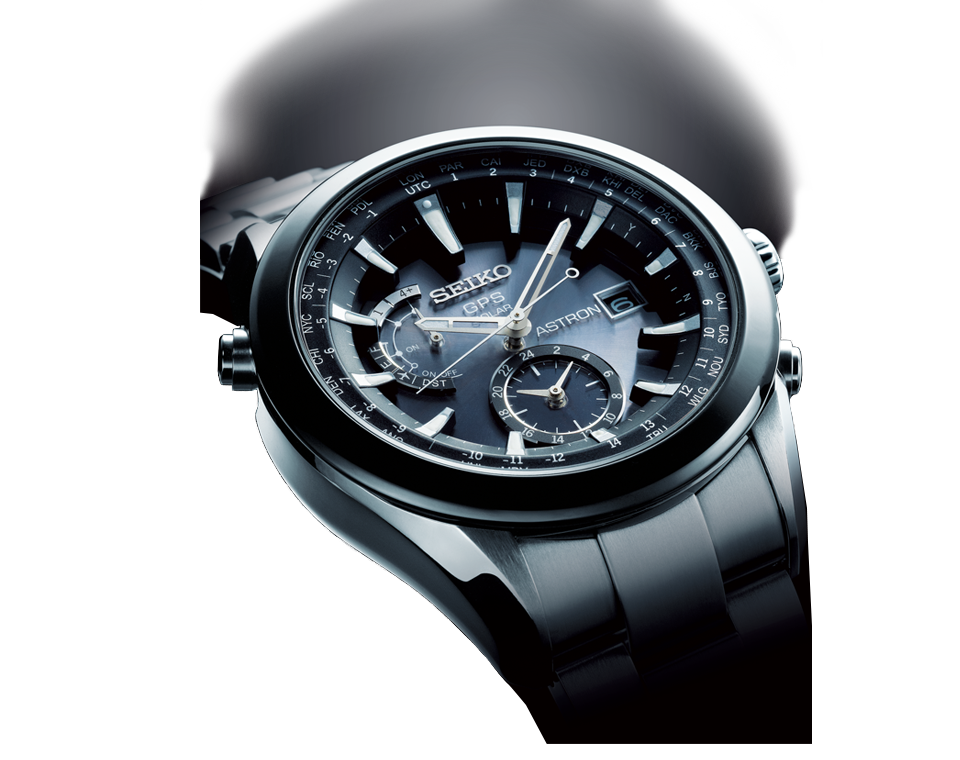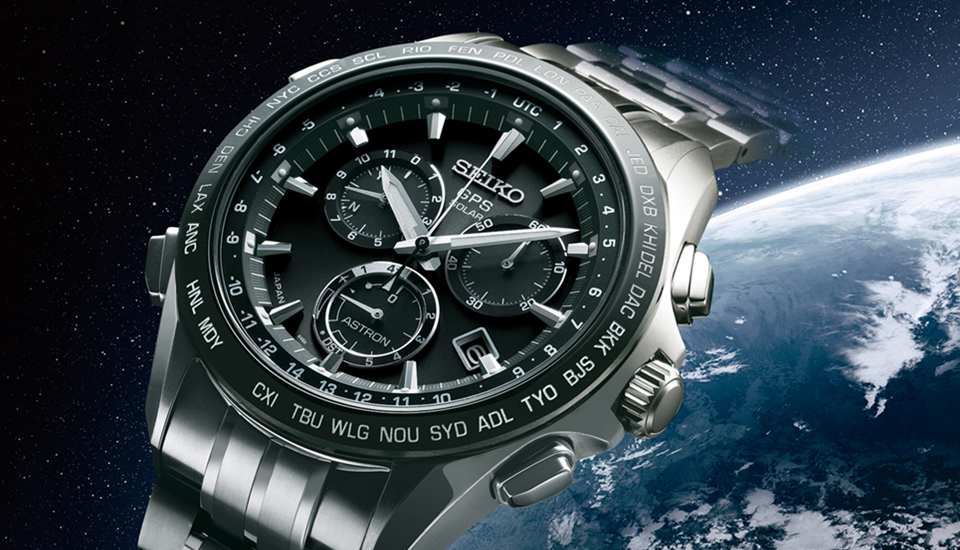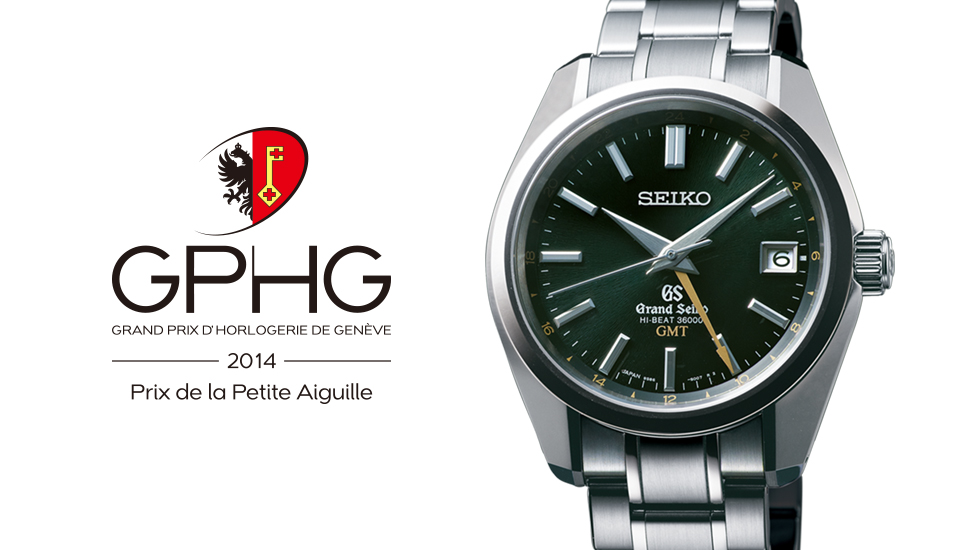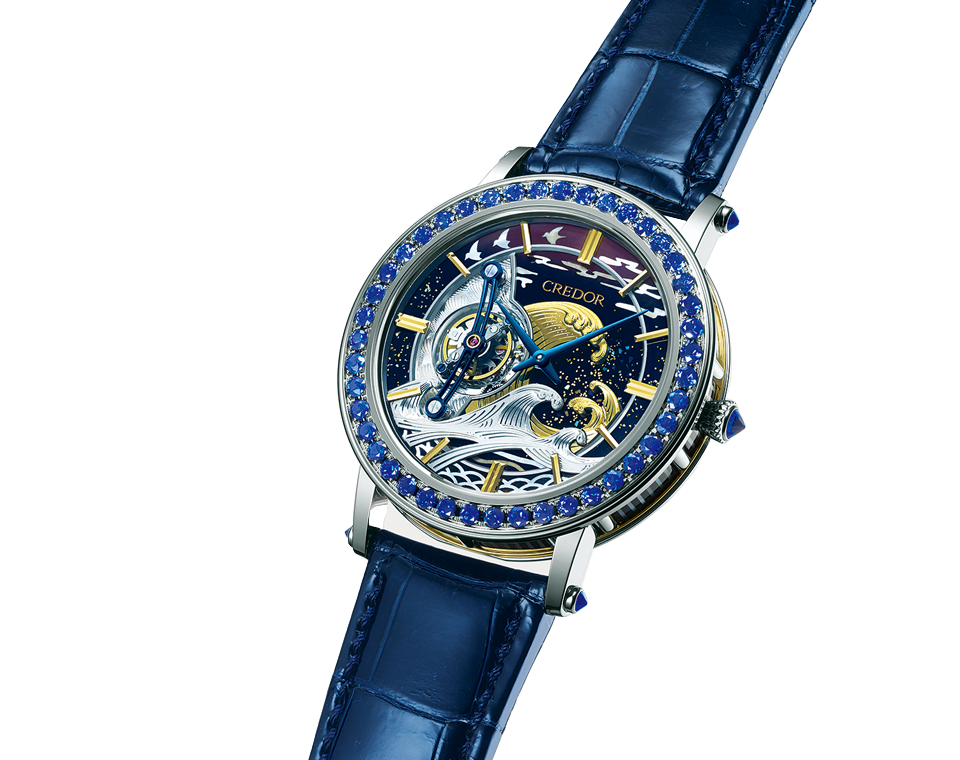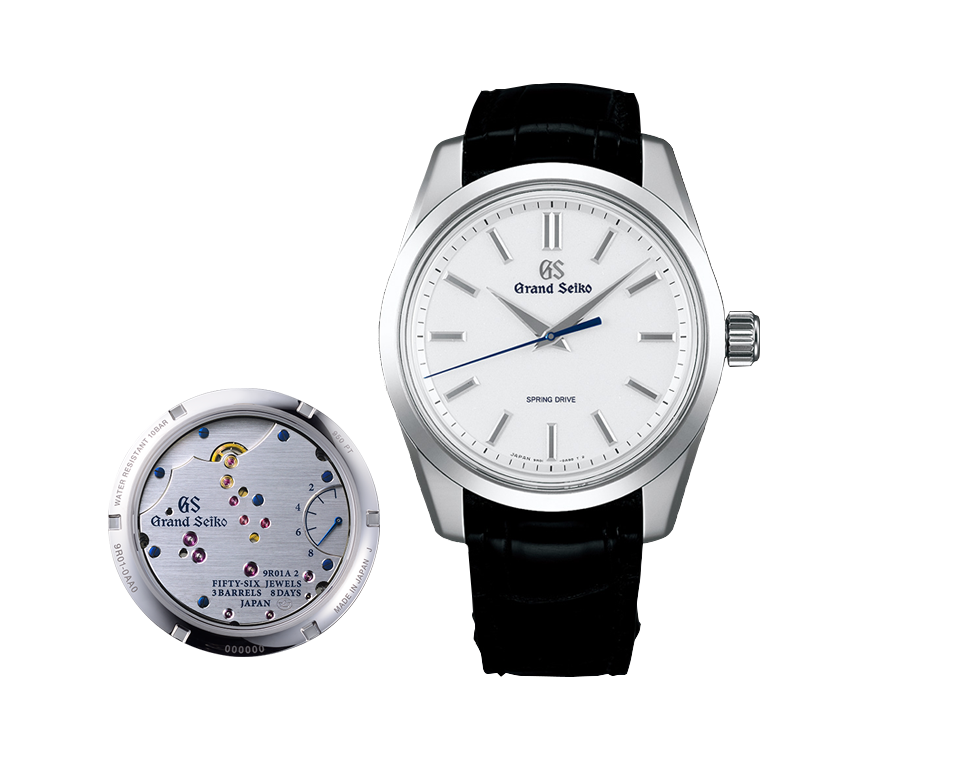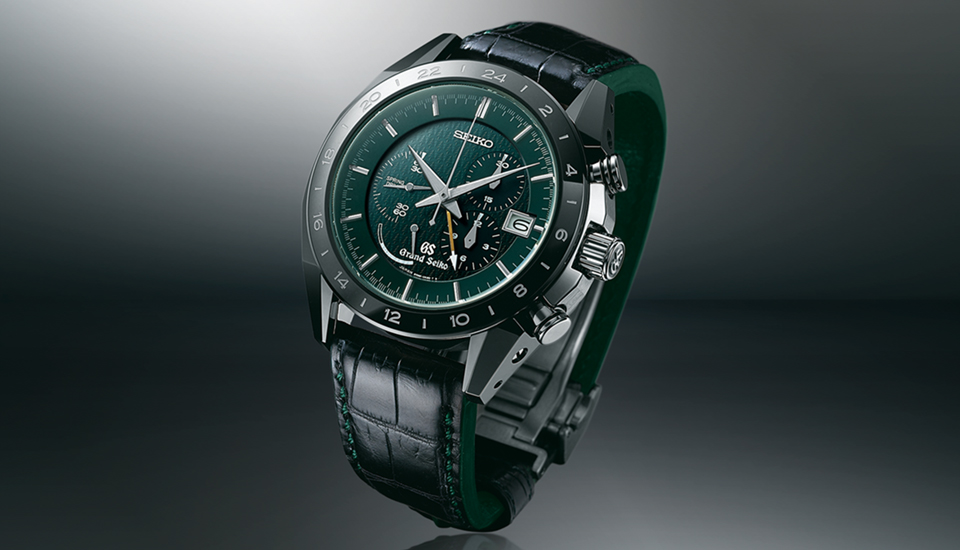Astron GPS Solar has been an outstanding success since its launch in September 2012, with its huge global acceptance giving proof positive of the global demand for a watch that adjusts to time zones. The new Astron caliber offers four new features, designed to attract new consumers to the fast-growing world of Astron.
Seiko Astron GPS Solar Chronograph
Chronograph: The new caliber offers a 6 hour chronograph whose operation could not be more simple.
Smaller: The new case size is 30% smaller, and the watches' dimensions (44.6mm x 13.3mm) are now the same as most mainstream multi-function watches.
This new size, which opens out many new design possibilities, has been achieved by a new advance in Astron's energy-saving technology which allows the watch to connect to the GPS network with a smaller antenna.
Easier: The simple 'one-touch' operation of the GPS function has not changed; just press one button for six seconds and Astron's GPS function is activated.
However, the secondary functions (manual time zone selection etc) have been made more accessible and more intuitive thanks to the new electronic setting function of the crown.
More colors: The classic Astron black dial is available in the new design, but new color dials are now possible, thanks to a new dial with extremely high light penetration capacity.





